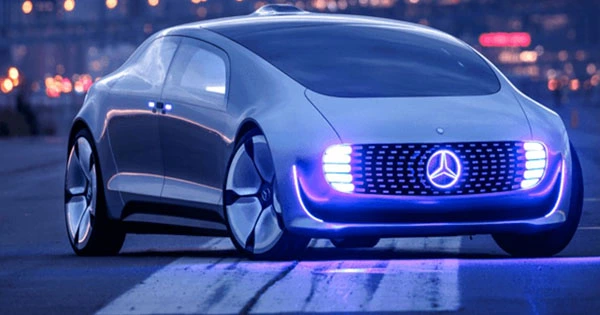Ford began production of its F-150 Lightning pickup truck yesterday, a game-changing vehicle that replaces the automakers — and the United States’ — best-selling vehicle with strong electric motors powered by more than 1,800 pounds of batteries. The mattress-sized pack has a range of almost 300 miles, but Ford will need bigger batteries if it hopes to win over weekend warriors who tow 28-foot motor boats. While today’s batteries can store more energy than ever before — their energy density has increased by 5% every year for several years – such steady, incremental improvements are unlikely to persuade many people to buy electric vehicles.
Cells created today are better in every way than those made five years ago, but they still have a long way to go. Some breakthroughs are required. EVs make up a modest portion of the entire vehicle and truck industry, yet they account for roughly 80% of lithium-ion battery consumption, significantly exceeding products like computers and phones. And demand is only expected to rise. According to Wood Mackenzie, the world will require 5,500 GWh of batteries by 2030, a 5x increase from now, due to shifting consumer preferences and the impending phaseout of fossil-fuel cars.
The battery industry is set to experience a dramatic transition during the next five years. I combed through a huge list of businesses to select the nine most promising ones working on technology to make batteries lighter, faster to charge, and last longer. They’ve raised $4.1 billion in the previous year and a half, with some of it coming through special purpose acquisition businesses, but the great bulk coming from late-stage venture and corporate rounds. Solid-state batteries have received the greatest attention recently, and for good reason. Solid-state batteries have the potential to offer EVs with a range of over 400 miles that can be recharged in 15 minutes, something automakers are drooling over.
Solid-state batteries get their name from the solid electrolytes that replace the liquid electrolytes that transport ions from one side of the battery to the other. Solid electrolytes have a number of benefits. They can, for example, inhibit the formation of dendrites, which are stalactite-like lithium spikes that can form on a battery’s electrodes. Because dendrites may grow quickly in liquid, battery manufacturers use an ion-permeable separator to keep dendrites from bridging the space between the positive and negative electrodes. Dendrites can generate a short circuit that can spark a fire if the separator is destroyed, as it was with faulty Chevy Bolt battery packs.
The use of solid electrolytes can also permit the use of a lithium-metal battery. When lithium ions are on the anode side of a standard lithium-ion battery, they are stored in graphite. Anodes made of graphite are cheap and sturdy, but they add weight to a battery. Lithium-metal anodes are prone to producing dendrites, thus removing them would let lighter batteries store more energy.
To keep dendrites from growing long enough to short-circuit the battery, scientists are developing solid electrolytes that not only stop stalactites but also don’t interfere with the anode’s extremely reactive lithium. Three solid-state firms in particular show potential. One is Factorial, which has received $253 million, including a $200 million Series D round led by Mercedes-Benz and Stellantis, the carmaker formed by the merging of Fiat Chrysler Automobiles of Italy and PSA Group of France. Factorial, situated in Woburn, Massachusetts, had been operating under the radar until last April.













